ABOUT THE ARTISTS
Hartmann Schedel
German, 1440–1514
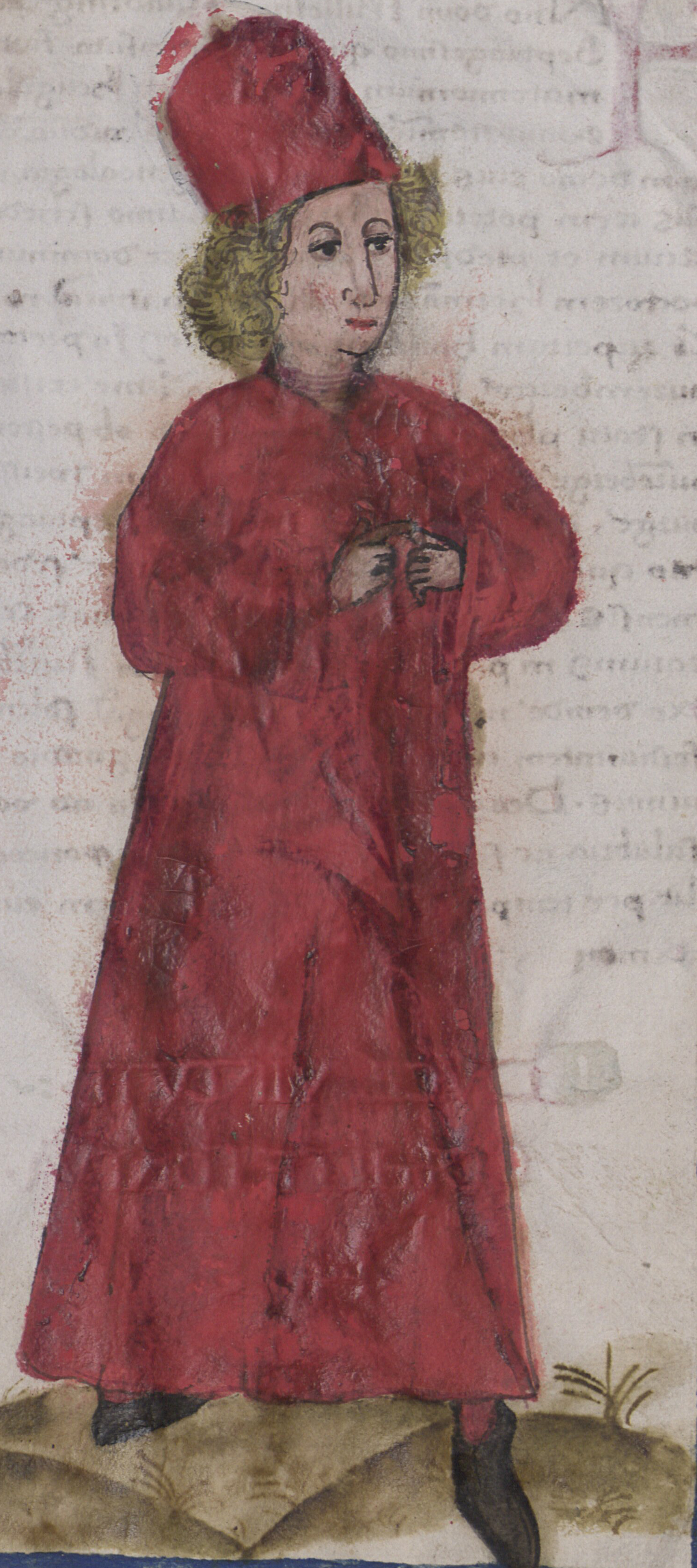 Matthaeus Silvaticus, Portrait of Hartmann Schedel. From Pandecta of synonyms and aggregated simple medicines (Pandecta synonymarum et medicinarum simplicium aggregatarum), mid to late 15th century. Bavarian State Library (Bayerische StaatsBibliothek), [BSB-Hss Clm 30].
Matthaeus Silvaticus, Portrait of Hartmann Schedel. From Pandecta of synonyms and aggregated simple medicines (Pandecta synonymarum et medicinarum simplicium aggregatarum), mid to late 15th century. Bavarian State Library (Bayerische StaatsBibliothek), [BSB-Hss Clm 30]. Hartmann Schedel was what many might consider a “Renaissance man.” A physician, historian, and cartographer, he was also a learned humanist who occupied many of the same social circles as artist Albrecht Dürer (German, 1471–1528). Schedel was an avid collector of books, and his wide-ranging interests were reflected by the vast types of volumes he collected—from rhetoric, philosophy, and literature, to geography and cosmography, medicine, law, and theology. By the end of his life, he had amassed a private collection of nearly 700 volumes (now kept at the Bavarian state library in Munich). Though he is best known for writing the Nuremberg Chronicle, Schedel authored and translated a number of books throughout his life.
John Taylor Arms
American, 1887–1953
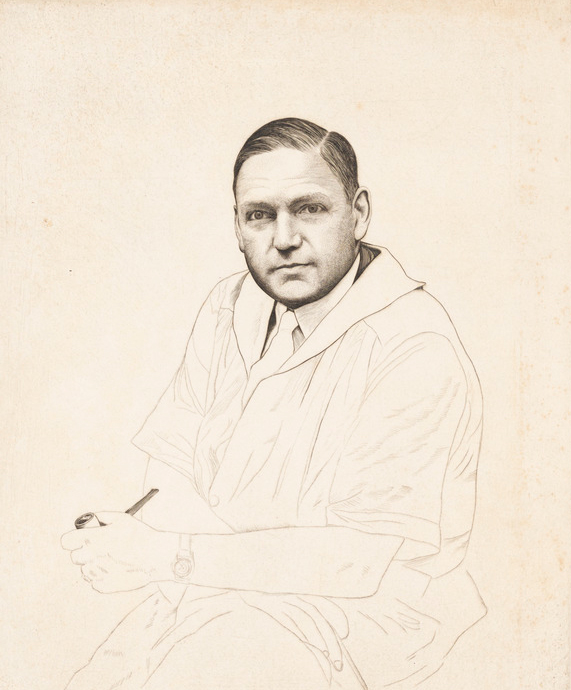 Thomas W. Nason. John Taylor Arms. Copper engraving. 1949. Digital Commonwealth, https://ark.digitalcommonwealth.org/ark:/50959/kk91gw69j (accessed February 06, 2024).
Thomas W. Nason. John Taylor Arms. Copper engraving. 1949. Digital Commonwealth, https://ark.digitalcommonwealth.org/ark:/50959/kk91gw69j (accessed February 06, 2024). Recognized today as a prominent American etcher, John Taylor Arms originally trained as an architect. After serving in the US Navy during World War I, Arms turned his attention fully towards printmaking, publishing his first set of original etchings in 1919. Undoubtedly Arms’ architectural background informed his choice of subjects—ranging from medieval castles to Gothic churches. From a young age, Arms was fascinated by French artists who specialized in architectural nuances, most notably Charles Meryon (1821–1868), whose etching San Francisco is also on display in the exhibition.
Charles Marville
French, 1813–1879
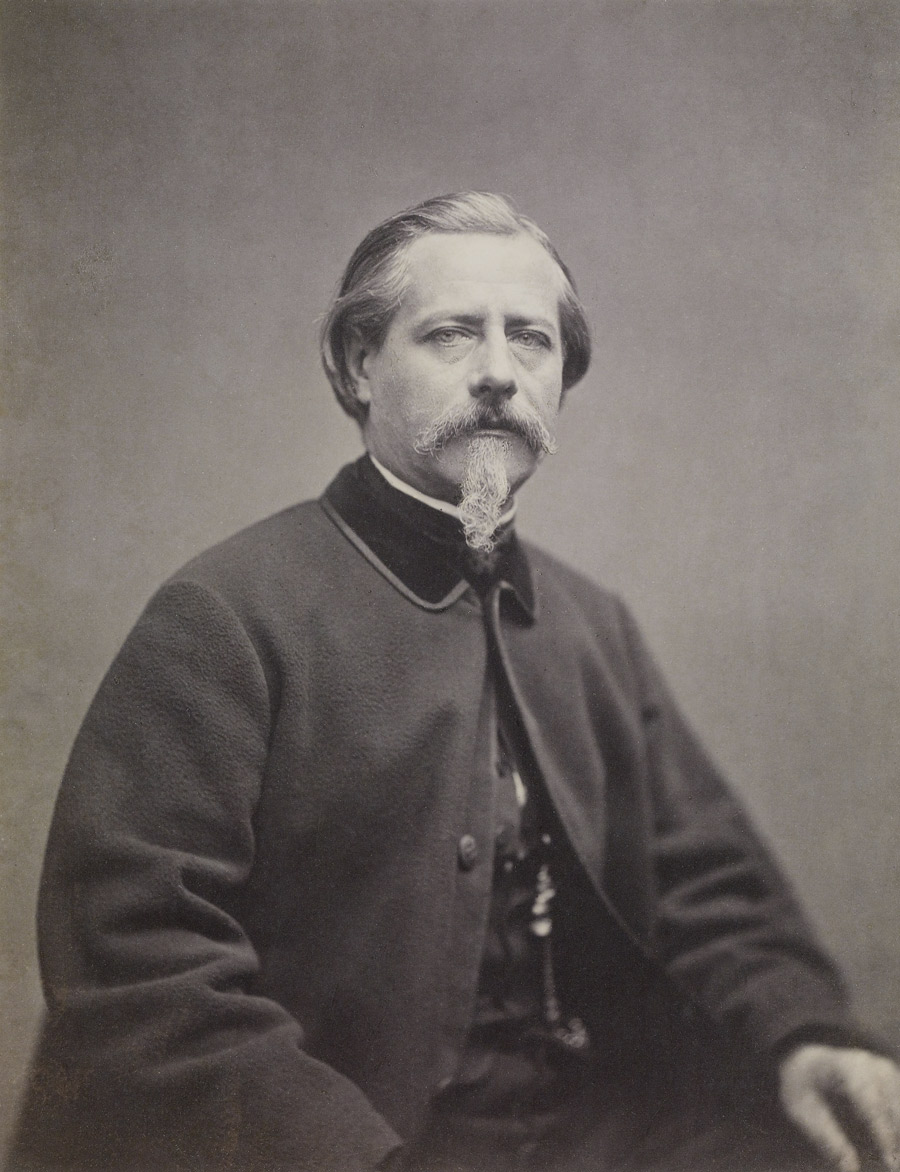 Charles Marville, photographic self-portrait. C. 1861. Public domain via Wikimedia Commons.
Charles Marville, photographic self-portrait. C. 1861. Public domain via Wikimedia Commons.Charles Marville (born Charles-François Bossu) received his early artistic training at a modest art school in Paris, the Athénée des Beaux-Arts. In his early years he worked as an illustrator of wood engravings for popular French magazines before turning to photography in 1850. Marville’s training at the Athénée and his experience as an illustrator distinguished him from his contemporaries, many of whom had trained more formally as “fine artists” such as painters or sculptors. Critics of Marville’s work, including his photographs of Paris displayed in the exhibition, have remarked on its “descriptive,” “industrial,” and “informational” qualities.
Berenice Abbott
American, 1898–1991
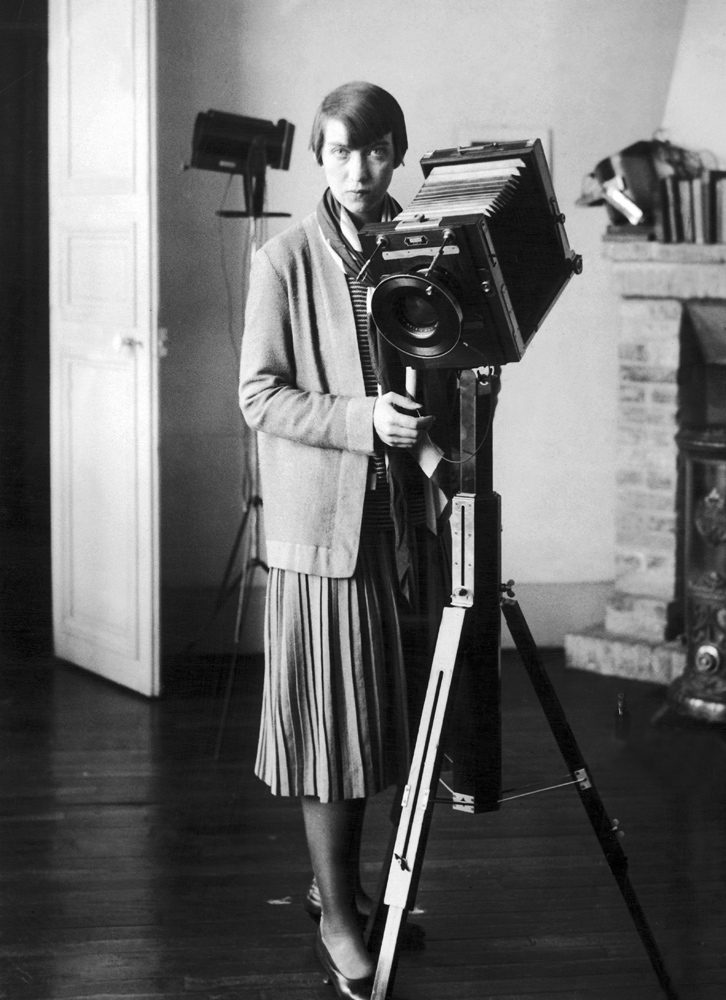 Unknown artist, Berenice Abbott, American Photographer in the Theatre Of Champs Elisees. C. 1921–29. Public domain via Wikimedia Commons.
Unknown artist, Berenice Abbott, American Photographer in the Theatre Of Champs Elisees. C. 1921–29. Public domain via Wikimedia Commons.Born and raised in Springfield, Ohio, Berenice Abbott moved to New York City in 1918. As a student of sculpture, Abbott was quickly assimilated into the social circles of artists, performers, and musicians, before leaving New York for Paris in 1921 to continue her studies. It was there that she took up photography seriously, working as an assistant at Man Ray's Studio. When Abbott returned to New York in 1929, she was awed by how much the city had changed and undertook a series of projects to document the transformed urban environment. Abbott’s photographs—from images of skyscrapers and daily life, to portraits of famous sitters—reflect her personal relationship to the city and those who lived there.
Thomas Nast
American, 1840–1902
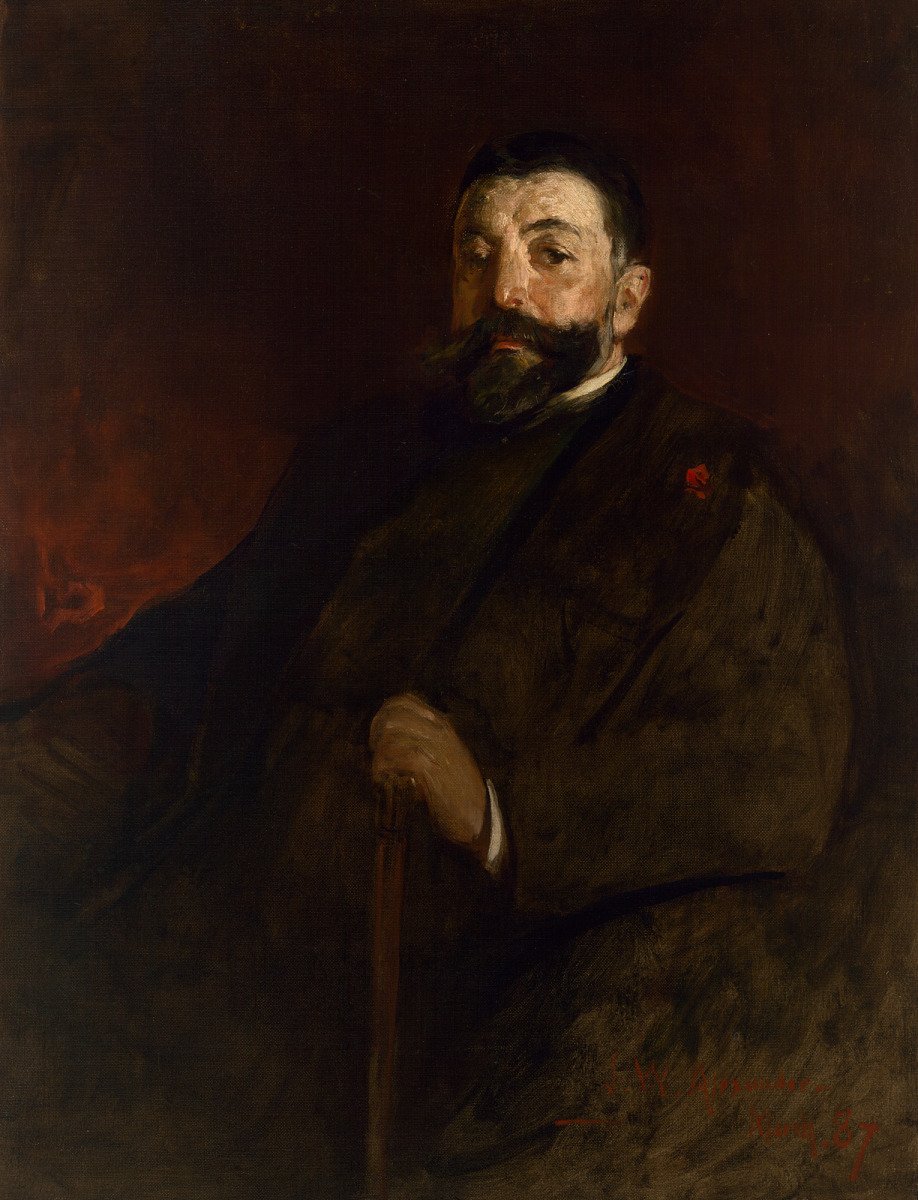 John White Alexander (American, 1856–1915), Thomas Nast, 1887. Oil on canvas. 39 15/16 x 30 5/16 in. (101.5 x 77 cm). National Portrait Gallery, Washington, D.C.
John White Alexander (American, 1856–1915), Thomas Nast, 1887. Oil on canvas. 39 15/16 x 30 5/16 in. (101.5 x 77 cm). National Portrait Gallery, Washington, D.C.Thomas Nast was one of the leading political cartoonists of his day. He spent most of his career at the popular magazine Harper’s Weekly alongside Winslow Homer (American, 1836–1910). Nast is best-known today for his coverage of the American Civil War, specifically his outspoken support of the Union and opposition to slavery. Besides his commentary on politics and seven presidential administrations, Nast is famously credited with popularizing the image of the Democratic Donkey and creating the Republic Elephant.
William Walcot
English, 1874–1943
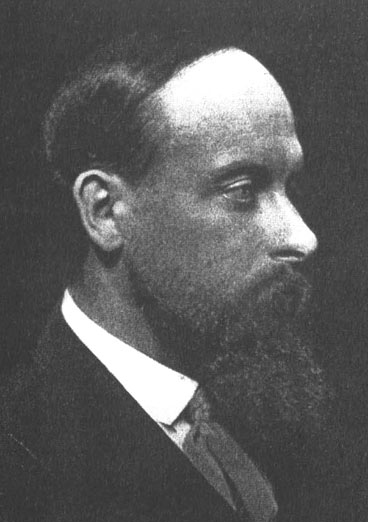 Caswall Smith, William Walcot, c. 1919. Photograph reproduced courtesy of the publishers, H.C. Dickens, from their monograph on the artist.
Caswall Smith, William Walcot, c. 1919. Photograph reproduced courtesy of the publishers, H.C. Dickens, from their monograph on the artist.Having traveled widely as a child throughout Spain, South America, France, and Belgium, William Walcot was inspired from a young age by a variety of architectural styles and types. After practicing as an architect in St. Petersburg, Russia for several years early in his career, he relinquished his practice around 1906 and committed himself to the art of architectural etching and drawing. Walcot’s work reflects a fondness for travel that lingered into his adulthood. His subjects range from Parisian cafés to the Brooklyn Bridge in New York, although the artist was especially fascinated by Roman architecture.
